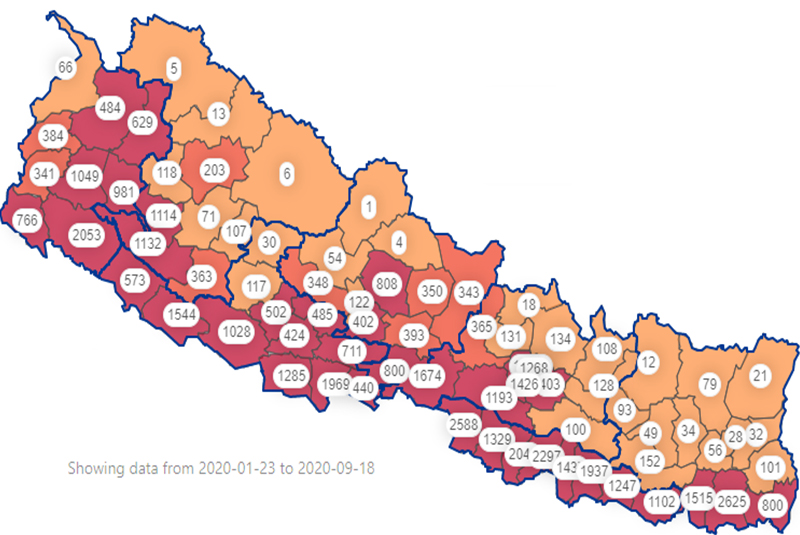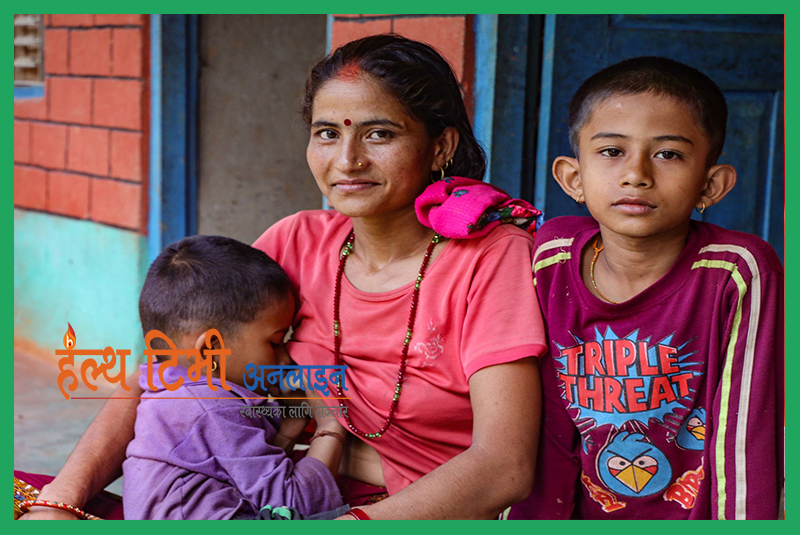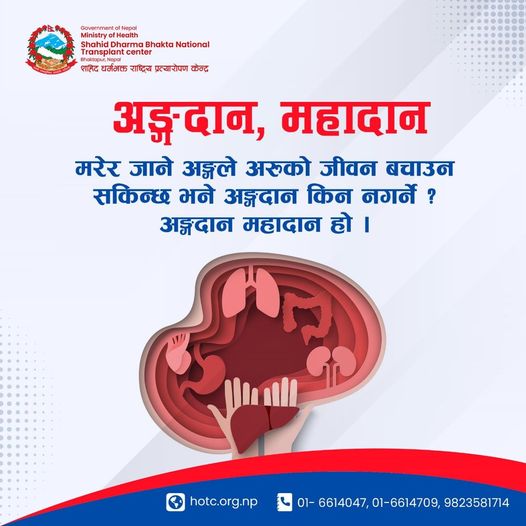Combating Pandemics: Protection against Ocular Transmission

Ranjan Shah
The world has suffered with various pandemic diseases where some of them have been proved very fatal to the humans being. Once again we are facing a very rugged time fighting with an invisible enemy; the novel COVID-19 caused by SARS-CoV-2 extracted from the series of pneumonia cases with unknown etiology seen in Wuhan a city of Hubei province in China in December 2019.
On December 31, an alert was announced by the Wuhan Municipal Health Commission and a rapid response team was sent to Wuhan by the Chinese Center for Disease Control and Prevention (CDC). Wuhan’s Huanan Seafood Wholesale Market, which was a potential origin point of the virus, was shut down and disinfected, and active case finding was initiated and vigorously pursued.
On January 30, 2020 the World Health Organization (WHO) declared a public health emergency of international concern (PHEIC) as of which across the world, most of the countries imposed lockdown, they started to emphasized the strict vigilance of entry of travelers at tourism sites as well as their people using correction diagnostics, instant isolation and quarantine of suspected patients, equipped with best medical facilities for handling any uncomely situation.
As per the WHO, Coronaviruses (CoV) belongs to Coronaviridae, a large family of viruses that are known to cause illness ranging from the common cold to more severe diseases such as Middle East Respiratory Syndrome (MERS) and Severe Acute Respiratory Syndrome (SARS). There are several corona viruses that can infect different species of animals but only two strains have been found to infect humans: SARS-CoV and MERS-CoV causing SARS and MERS, respectively. SARS caused the first pandemic in the 21st century, affecting more than 8000 people, killing 774 in 26 countries which imposed an enormous threat to international health and economy in 2003. MERS was then emerged as a new killer respiratory disease affected over 2400 cases reported to WHO to date, and over 850 deaths.
By January 7, 2020, Chinese scientists isolated the present novel coronavirus, severe acute respiratory syndrome coronavirus 2 (SARS-CoV-2; previously known as 2019-nCoV) which was later designated coronavirus disease 2019 (COVID-19) in February 2020, by WHO. This corona virus SARS-CoV-2, has not been previously identified in humans, is distinct from both SARS-CoV and MERS-CoV, but closely related yet. In the earlier days, cases had suggested that COVID-19 may be less severe than SARS and MERS. However, it has been filed that SARS-CoV-2 is much more contagious than both SARS-CoV and MERS-CoV.
The clinical spectrum of SARS-CoV-2 infection appears to be wide, encompassing asymptomatic infection, mild upper respiratory tract illness, and severe viral pneumonia with respiratory failure and even death. All CoVs are pleomorphic RNA viruses characteristically containing crown-shape peplomers with 80-160 nM in size and 27-32 kb positive polarity. They were not considered as highly pathogenic before SARS in the Guangdong state of China in 2002/2003 and MERS in the Middle East countries in 2012.
From the ocular perspective, literature says no ocular involvement has been described with either MERS-CoV or SARS-CoV. Although polymerase chain reaction on tears from patients with SARS-CoV infection demonstrated presence of the virus. There is also evidence that some coronavirus can occasionally cause conjunctivitis in humans. In fact, human coronavirus NL 63 (HCoV-NL63) was first isolated in a seven-month baby with diagnosis of bronchiolitis and conjunctivitis in 2004 towards the end of the SARS-CoV pandemic. A literature claimed subsequent in 28 cases of children with confirmed HCoV-NL63 infections, 17% had conjunctivitis. Though evidence of ocular transmission has not been well reported yet.
In order to interrupt the chain of infection of CoV by shielding the eyes considered as a portal of entry and exit of contaminated discharges, the set of recommendation for the use of “Personal Protective Equipment”, released based on the past experiences of tackling SARS CoV-2002/03 and MERS CoV -2012, also comprises wearing of goggles including face and full body shield for protection against ocular transmission and to combat with the further spread of the current COVID-19 pandemic due to the SARS-CoV-2.
(Ranjan Shah is associated with Nepal Netra Jyoti Sangh)



















गर्मीमा तातो हावा ‘लू’ बाट कसरी जोगिने ?
राष्ट्रिय प्रत्यारोपण केन्द्र १२ वर्षमा : १२ सय ३१ जनाको मिर्गौला प्रत्यारोपण
आइभीएफबारे ७ भ्रम र यथार्थ
स्वास्थ्यकर्मीहरुलाई नसर्ने रोग नियन्त्रण सम्बन्धी तालिम
रायोको सागको फाइदा